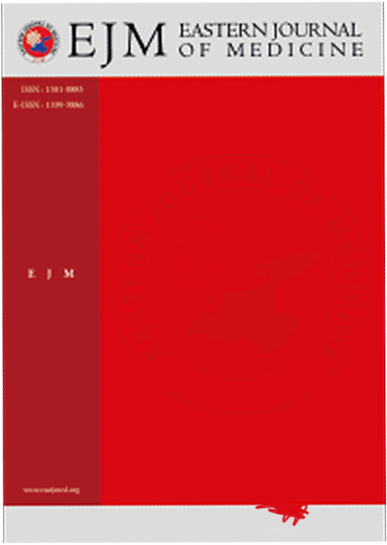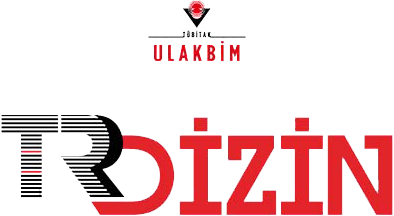Use of Complementary and Alternative Therapies in Children with Allergic Rhinitis
Veysel CAN1, Mehmet BULDUK2, Rıdvan AKDOĞAN3, Adem Canan41Van Yuzuncu Yil University, Faculty of Health Sciences, Department of Nursing,2Van Yuzuncu Yil University, Faculty of Health Sciences, Department of Nursing.
3Van Yuzuncu Yil University, Faculty of Health Sciences, Department of Nursing
4Van İki Nisan Street Private Clinic
INTRODUCTION: This study aimed to identify complementary and alternative treatment (CAM) methods used by mothers of children with allergic rhinitis (AR) and examine factors influencing these practices.
METHODS: The sample included 155 mothers whose children were diagnosed with AR and visited the Pediatrics Clinic between January and June 2022. Data were collected through interviews using the Descriptive Information Form and Complementary and Alternative Treatment Use Form, each taking 10-15 minutes. Scientific and ethical principles were followed.
RESULTS: The mean age of the children was 5.19±4.84 years. Of the mothers, 53.6% perceived their familys income as equal to expenses, 58.1% were employed, 91.6% lived in nuclear families, and 60.6% were university graduates. CAM methods were used by 49% (n=76) of the mothers, with 65.8% beginning treatments before seeking medical attention, primarily to boost immunity (84.2%). Healthcare providers (48.7%) and close acquaintances (39.5%) recommended CAM. CAM was used alongside conventional treatments by 57.9%, and 64.5% reported benefits. Most mothers (97.4%) experienced no side effects, 93.4% considered using CAM again, and 89.5% would recommend it. Honey, carob, and linden were the most commonly used CAM methods. No significant differences were found between children using CAM and those who did not in terms of age, gender, family income, education, occupation, family structure, or residence (p>0.05).
DISCUSSION AND CONCLUSION: CAM methods were widely used in children with AR. Pediatric nurses should recognize CAM practices, understand potential benefits and risks, and provide guidance. Further research is needed to evaluate CAM's impact on AR treatment.
Manuscript Language: English














